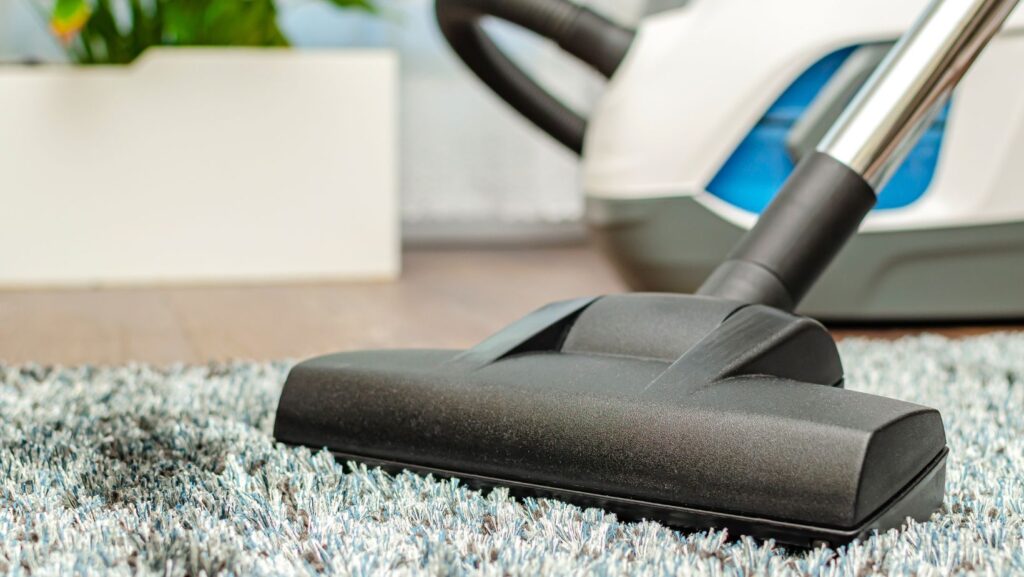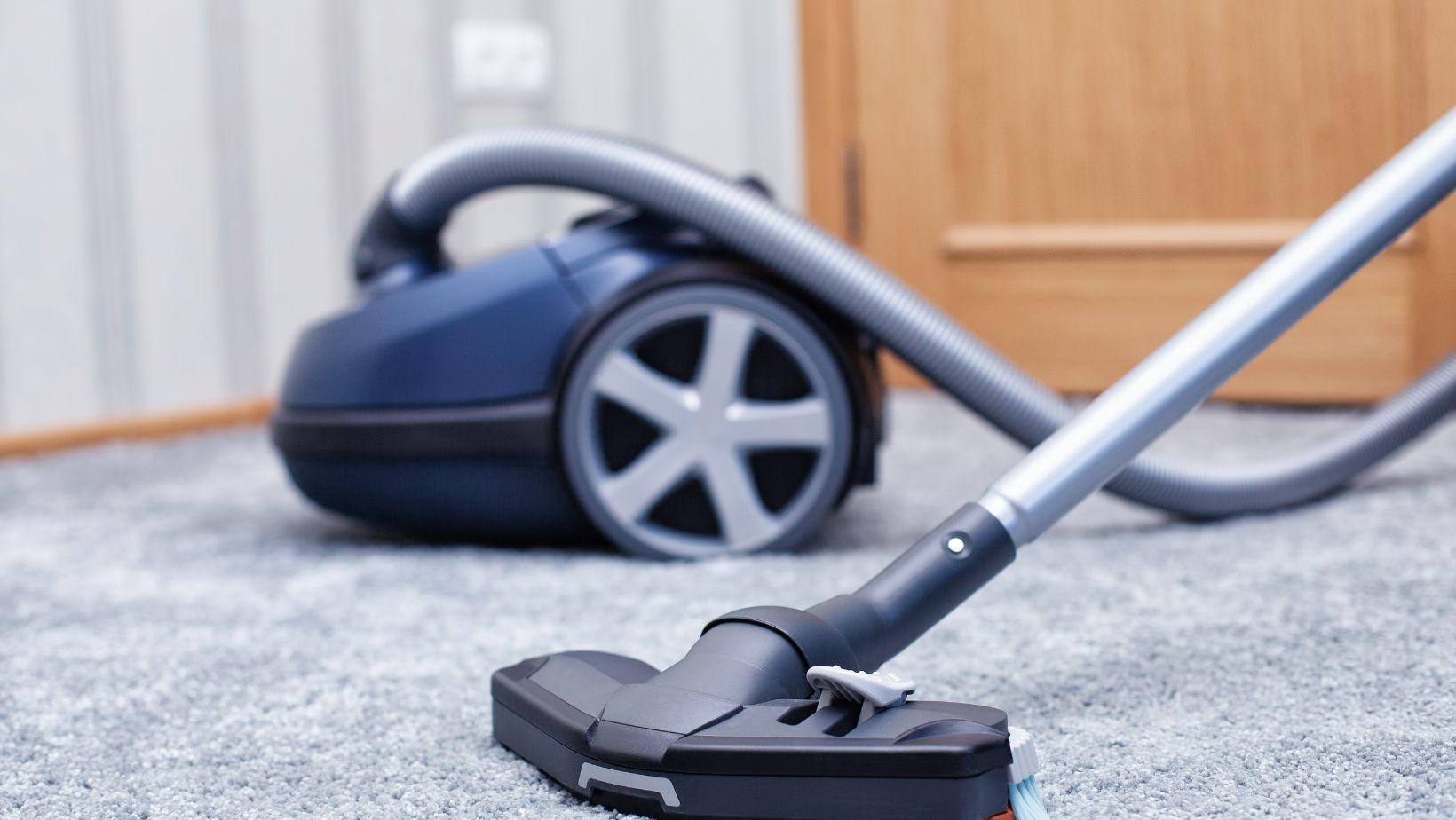When choosing between a robot vacuum and a regular (traditional) vacuum, it’s important to consider your lifestyle, home type, cleaning needs, and budget. Both types of vacuums have distinct advantages, and each may be better suited for different situations. Let’s break down the pros and cons of robot vacuum and traditional vacuum to help you decide which is perfect for you:
Contents
Table of Contents
Toggle1. Convenience and Time-Saving
Robot Vacuum:
- Hands-Free Cleaning: The main advantage of a robot vacuum is that it does the work for you. You can schedule it to clean while you’re away or even when you’re at home, and it will operate autonomously.
- Continuous Cleaning: Robot vacuums can be set to clean every day, ensuring your floors are consistently tidy with minimal effort on your part.
- Smart Features: Many robot vacuums come with smart features like voice control, mobile app integration, and scheduling, making it easy to manage cleaning without getting up from your couch or desk.
Regular Vacuum:
- Manual Effort: A traditional vacuum requires you to physically vacuum the floors, meaning you need to actively clean and pay attention to the process.
- Time Investment: Vacuuming with a regular model takes more time and energy, as you must move the vacuum around, manually clean certain spots, and be more involved in the process.
2. Cleaning Power and Performance
Robot Vacuum:
- Surface-Level Cleaning: While robot vacuums have improved greatly in recent years, they are generally not as powerful as traditional vacuums. They are effective for daily maintenance and light cleaning, especially on hard floors or low-pile carpets.
- Automatic Adjustments: High-end robot vacuums can automatically adjust suction power depending on the floor type (hardwood, carpet, etc.), though their suction strength may still not compare to a powerful upright or canister vacuum.
- Pet Hair: Some robot vacuums are specifically designed to handle pet hair, but they may struggle on very high-pile carpets or in homes with heavy pet shedding.
Regular Vacuum:
- Stronger Suction: Traditional vacuums are typically much more powerful than robot vacuums. This means they can perform a more thorough clean, especially on high-pile carpets or deep cleaning tasks.
- Better for Deep Cleaning: A regular vacuum can lift more dirt, debris, and pet hair from carpets, making it ideal for those who need deep, thorough cleans on a regular basis.
- More Versatile: Traditional vacuums come with different attachments (for upholstery, stairs, etc.), making them more versatile for various cleaning tasks beyond floor surfaces.
3. Convenience in Different Home Layouts
Robot Vacuum:
- Best for Open Spaces: Robot vacuums work well in homes with open floor plans and minimal obstacles. They can navigate around furniture and avoid most common obstacles like cords, although some models may still struggle with small, cluttered spaces.
- Limited to Smaller Areas: While robot vacuums can clean multiple rooms, they may not always handle stairs or complex layouts well. They often can’t clean the entire home in one charge if the space is very large.
- Smarter Navigation: In more advanced models, features like LIDAR mapping and camera-based navigation help ensure the vacuum efficiently cleans around your home, but performance can vary depending on the complexity of your space.
Regular Vacuum:
- Great for All Layouts: Traditional vacuums work in any environment, from large homes to small apartments, and they’re effective at cleaning multiple floors, stairs, and tight corners.
- Manual Control: You can maneuver a traditional vacuum into all areas, even under heavy furniture, though it might take more effort.
4. Maintenance
Robot Vacuum:
- Low Maintenance: Robot vacuums are relatively low-maintenance. You’ll need to empty the dustbin, occasionally clean the brushes, and replace filters. Some high-end models come with self-emptying bins, reducing maintenance even further.
- Less Hands-On: The cleaning process is almost automatic, so you don’t have to worry about manually adjusting or cleaning your vacuum often.
- Occasional Updates: Some robot vacuums require software updates to improve performance, which is usually done through an app.
Regular Vacuum:
- Higher Maintenance: Regular vacuums require more attention. You’ll need to manually empty the bag or dustbin, clean or replace filters, and sometimes clean the brush rolls of hair and debris.
- More Moving Parts: With a traditional vacuum, there are more components that could wear out over time, such as belts, brush rolls, and hoses, which might need repair or replacement.
5. Cost and Long-Term Value
Robot Vacuum:
- Initial Investment: Robot vacuums can be expensive, especially those with advanced features like self-emptying bins, smart mapping, and voice control. Prices for high-quality models range from $300 to $1,000 or more.
- Long-Term Investment: Over time, robot vacuums can save you time, but their initial price tag and occasional maintenance costs (e.g., replacing brushes, filters, or batteries) should be considered.
Regular Vacuum:
- Lower Initial Cost: Traditional vacuums are generally more affordable upfront, with models starting around $50 for basic versions and $500+ for high-end upright or canister vacuums.
- Longer Lifespan: Regular vacuums tend to last longer, especially with proper care and maintenance. The cost-to-value ratio may be better in the long run, especially for those who need strong cleaning power and deep cleaning on a regular basis.
6. Overall Suitability
Robot Vacuum:
- Best for Busy Lifestyles: If you have a hectic schedule, don’t want to spend time vacuuming, or simply want to keep your floors clean with minimal effort, a robot vacuum is a great option.
- Great for Small to Medium Homes: Perfect for small to medium-sized homes or apartments, especially those with minimal obstructions and mostly hard floors or low-pile carpets.
Regular Vacuum:
- Best for Larger Homes or Heavy Cleaning: If you have a large home, lots of stairs, or need deep carpet cleaning, a traditional vacuum will be more powerful and effective.
- Best for Thorough, Detailed Cleaning: If you prefer a hands-on cleaning experience, need to deep-clean your carpets regularly, or have lots of messes to clean up, a regular vacuum is the right choice.
Conclusion: Which Is Perfect for You?
- Choose a Robot Vacuum if:
- You want a hands-free cleaning solution.
- You have a smaller home or open layout.
- You prefer daily or maintenance cleaning with minimal effort.
- You don’t need heavy-duty suction and are okay with light cleaning.
- Choose a Regular Vacuum if:
- You need powerful suction for deep cleaning, especially for carpets and pet hair.
- You have a larger home, stairs, or complex layouts.
- You don’t mind spending more time on manual cleaning.
- You want the option for detailed cleaning in hard-to-reach spots.
Ultimately, both types of vacuums have their place, and the best option depends on your cleaning needs, home size, and lifestyle. For many people, using a robot vacuum for daily upkeep and a traditional vacuum for deep cleaning provides the best of both worlds.



